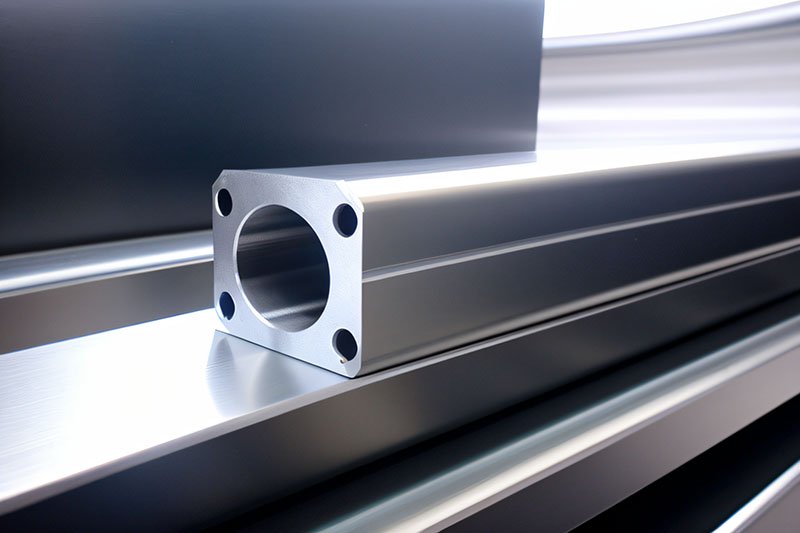Anodizing is the most commonly used surface treatment method. Anodic oxidation is to place the metal in an appropriate electrolyte and use it as an anode. Under the action of an external current, an oxide film with a thickness of 10-200um is formed on the surface. The film layer obtained by the anodic oxidation method is harder than the chemical oxide film, and has better corrosion resistance, heat resistance, insulation and adsorption capacity, so it has a wider range of applications.

There are many oxidation processes, and the anodizing solutions include sulfuric acid type, chromic acid type, oxalic acid type and mixed acid type. The oxide film is a porous film with a honeycomb structure, which has a very high specific surface area, and its surface has extremely high chemical activity. In order to improve the corrosion resistance and wear resistance of the anodized film, the film layer is often sealed and filled after anodic oxidation. Commonly used are hydration sealing, dichromate sealing, hydrolytic metal salt sealing, double sealing, low temperature sealing and organic sealing method.
Common anodizing types and their characteristics:
Features: The color of the oxide film is generally black
Features: The oxide film is colorless and transparent, has strong chemical adsorption activity, and is easy to dye
Features: The color of the oxide film is generally light yellow, yellowish brown
Features: The thickness of the oxide film is only 2-5um, and the appearance of the oxide film is opaque off-white or dark gray
Features: The oxide film is very thin, generally only 3um, generally used for the bottom layer of coating and electroplating
Features: The thickness of the oxide film can reach 250-300um, and the hardness of the film layer is very high, with high corrosion resistance, heat insulation and electrical insulation properties
Features: dense oxide film, film thickness of 6-25um, good decorative effect, can be dyed into various colors, beautiful color and luster, can be used for surface protection of various instruments and electronic instrument parts and surface decoration of daily necessities and food utensils
Features: Copper and copper alloys can be anodized in sodium hydroxide solution to obtain a black oxide film mainly composed of copper oxide. The film is very thin and hardly affects the original dimensional accuracy of the workpiece. This process is widely used in optical instruments, instruments, surface protection and decoration of daily hardware and crafts
Working with Yoddon as your one-stop solution specialist for both manufacturing and surface finishing of your prototypes to improve cosmetic appearance and other benefits. Contact us to get a quote.